Four years after first seeing the light of day as a concept at the 2012 Detroit Motor Show, and a year after the production model was unveiled at last year’s edition, the new Honda NSX will finally go into production in late April at the Performance Manufacturing Centre (PMC) in Marysville, Ohio. Customer deliveries will begin immediately thereafter.
Built exclusively for the hybrid supercar, the global manufacturing facility builds the NSX completely in-house, and is designed around the car’s multi-material body and aluminium-intensive spaceframe. It is also specifically optimised for low volume production of high-performance specialty vehicles.
“All of the innovative thinking and hard work that has gone into the creation of this state-of-the-art manufacturing facility has fulfilled our goal to build a supercar in America,” said PMC engineering large project leader Clement D’ Souza, who managed its creation.
“The incredible passion and challenging spirit of our highly skilled associates enabled us to develop and build a new supercar factory from the ground up simultaneously with the ground up creation of an incredible new supercar in the Honda NSX.”
The facility was designed to innovate the means and methods of building low-volume specialty vehicles like the NSX and to explore new ideas for next-generation craftsmanship and quality – resulting in the application of 12 US patents. It employs around 100 “associates” that support and are directly engaged in body construction, painting, final assembly and quality confirmation, working hand-in-hand with advanced robotics.
Honda has also revealed a number of details about the manufacturing process, including the fact that the spaceframe is 100% robotically MIG welded, an industry first that ensures precise, repeatable welds and, in turn, a highly accurate body assembly process. It also undergoes an etching process prior to applying primer, using a zirconium-based material both for quality as well as reducing environmental waste in painting.
Two rotisseries are used in the body sealing process, rotating the spaceframe 360 degrees for a more precise application and improved ergonomics for the technicians. A patent-pending one-sided attachment of the frame to the rotisseries for more efficient loading and unloading is another first, as is the ablation casting of the six nodes in the spaceframe that serve as rigid suspension and powertrain mounts and as critical elements of the vehicle’s crash structure.
Meanwhile, weld technicians inspect and measure each part at every stage of the welding process to validate the quality, precision and dimensional accuracy of the frame, critical for the NSX’s dynamic performance as well as the precise fitment of the powertrain, suspension, body panels and other components. There’s also an all-glass inspection hub at the centre of the plant to monitor all aspects of production.
In total, manufacturing technicians spend over 14 hours assembling the powertrain, suspension, electronics, interior components and exterior body panels, while advanced visual operations standards help them ensure that each process is performed to standard. Each bolt is hand started and then tightened using a wireless torque wrench to exact tolerances.
The spaceframe construction also means that the body panels go on last, instead of being attached through welding – this ensures an installation with a high level of precision, achieving superior fitment. To ensure a world-class exterior finish, each NSX goes through extensive substrate preparation and polishing processes, as well as up to 11 coats of primer and paint, for a surface finish said to be unmatched in its class.
The 3.5 litre twin-turbo V6 is hand assembled by a small group of master technicians at another plant in nearby Anna, Ohio. Each mill takes over six hours to assemble by hand, using techniques benchmarked against Honda’s race engineering programmes to achieve the highest possible quality and performance standards.
Each component is assembled by hand, and, like the rest of the car, all 547 bolts are hand-started and then manually tightened to precise torque tolerances. Once fully assembled, each engine is machine balanced, bench tested and run-in to the equivalent of 241 km of service, ensuring the car is track-ready out the gate.
At the end of the day, the NSX undergoes a rigorous pre-delivery dynamic performance confirmation process that draws from Honda’s motorsports expertise. This includes a 45-minute wheel alignment process, four-corner weight and ride height check and precision measurements of braking performance at all four wheels, as well as other critical performance checks. Half of the 12 patent applications come from this area alone.
To recap, the Honda NSX is powered by a Sport Hybrid Power Unit, comprising of the V6 – producing 500 hp and 550 Nm all on its own – as well as a 72 hp/146 Nm pair of electric motors at the front and a 47 hp/148 Nm Direct Drive Motor mated to the engine. Total output stands at 573 hp and 645 Nm, sent to all four wheels through a nine-speed dual clutch transmission. Want to know how it performs? Read our review here.
- The Acura NSX, the American-made supercar
- Jon Osler connects the inner core at the Performance Manufacturing Center.
- Ernie Jamison applies sealer to an NSX body. The use of two rotisseries in the body sealing application process allows the body to be elevated and rotated 360 degrees – providing for more precise application of sealer and improved ergonomics for technicians.
- With no walls to separate departments, the Performance Manufacturing Center is focused on a one team atmosphere where associates have visual sight lines to all areas of the plant.
- The Performance Manufacturing Center.
- Carl Mason sits in the aligner chair during the wheel alignment process. Because the NSX is so low, associates would have had to be in a crouched position for long periods of time to perform its alignment. This special chair hangs on rails and allows an associate comfort while doing this 45-minute process.
- Jenny Purtee performs roof installation on the all-new Acura NSX.
- Honda announces series production of 2017 NSX to commence in April 2016
- Honda announces series production of 2017 NSX to commence in April 2016
- Honda announces series production of 2017 NSX to commence in April 2016
- Honda announces series production of 2017 NSX to commence in April 2016
- Honda announces series production of 2017 NSX to commence in April 2016
- Honda announces series production of 2017 NSX to commence in April 2016
- Honda announces series production of 2017 NSX to commence in April 2016
- Honda announces series production of 2017 NSX to commence in April 2016
GALLERY: Honda NSX at Tokyo 2015
Looking to sell your car? Sell it with Carro.

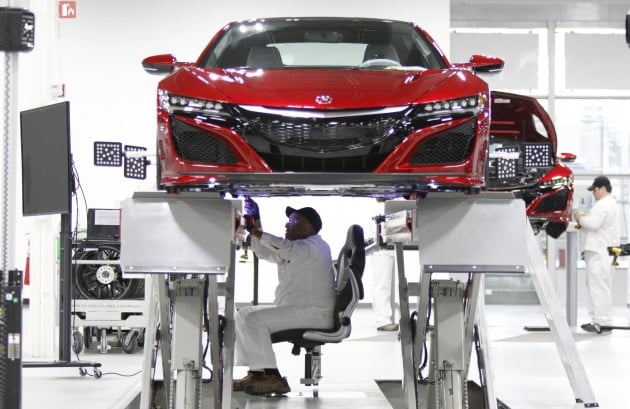
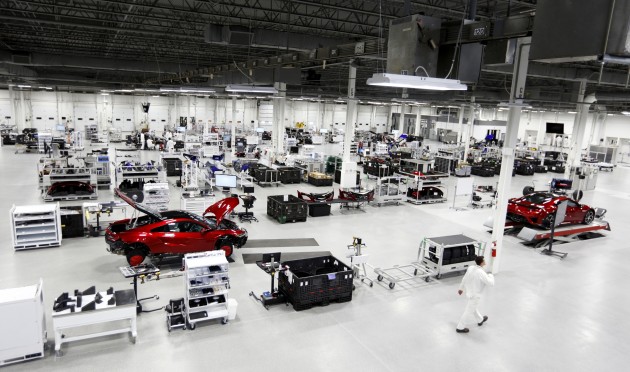
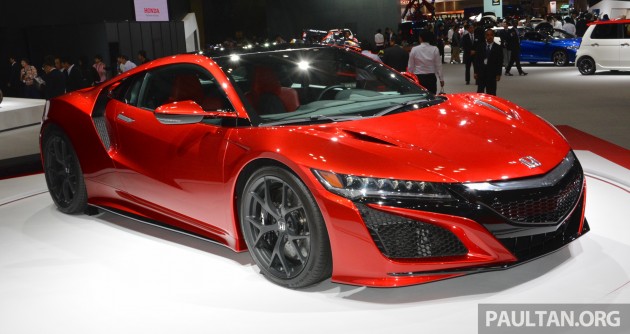
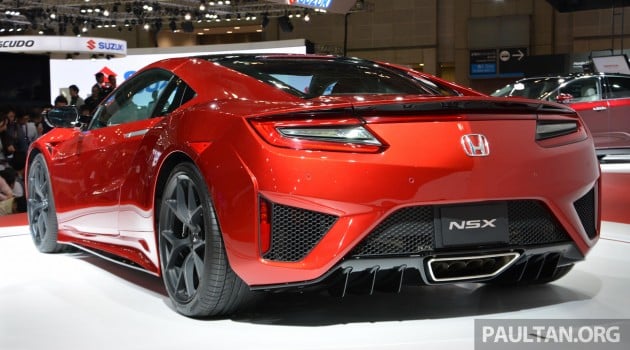

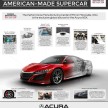
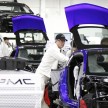
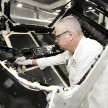
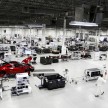
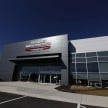
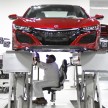
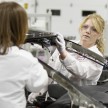
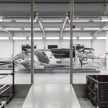
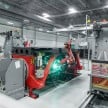
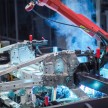
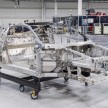
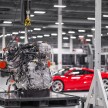
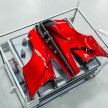
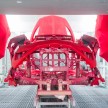
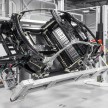
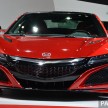

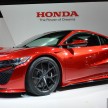
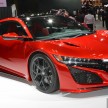
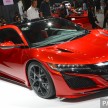
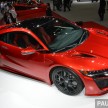
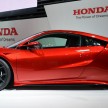

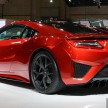
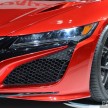
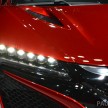
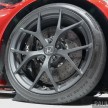

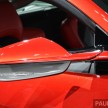
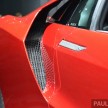
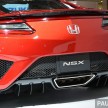
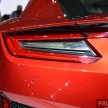
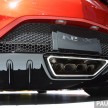

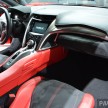


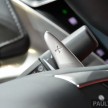
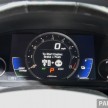
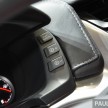
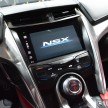
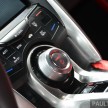
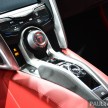
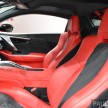
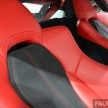


















Does the interior look high-class to you?
Honda and high class… they don’t go along too well :D
Look like CR-Z interior to me. Lol…
The marketing team at Honda makes this NSX the complex ever. carbon fiber wrench, space frame..